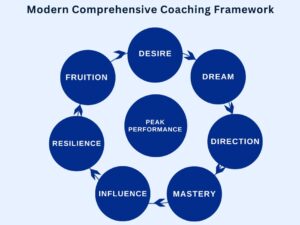
Qualtrics Initiates Workforce Reduction to Streamline Operations and Control Costs Qualtrics, the experience-management software company co-headquartered in Provo, Utah, and Seattle, has announced a strategic move to reduce its workforce by approximately 14%. This decision is part of a broader effort to streamline operations, optimize efficiency, and control costs within the organization.
The move comes as Qualtrics seeks to restructure its internal framework to better align with its long-term growth objectives. While rapid hiring has been instrumental in the company’s journey up to this point, CEO Zig Serafin recognizes that it has also introduced complexities that may hinder the company’s ability to continue growing at its current scale.
The decision to reduce the workforce reflects Qualtrics’ commitment to ensuring a sustainable and efficient growth trajectory. By eliminating redundancies and focusing on key strategic areas, the company aims to enhance its ability to deliver exceptional experience-management solutions to its clients.
Qualtrics is known for its pioneering work in the field of experience management, enabling organizations to collect and analyze feedback from customers, employees, and other stakeholders. This restructuring effort is intended to strengthen its position in the market and enhance its ability to innovate and meet evolving customer needs.
While workforce reductions are always challenging, they are often a necessary step for companies looking to adapt to changing market conditions and maintain a competitive edge. Qualtrics’ commitment to long-term sustainability and growth underscores its dedication to providing value to its customers and shareholders.
As Qualtrics moves forward with its restructuring efforts, it will likely focus on aligning its workforce with its strategic goals, ensuring that the company remains agile, responsive, and capable of delivering high-quality experience-management solutions in an ever-evolving business landscape.






